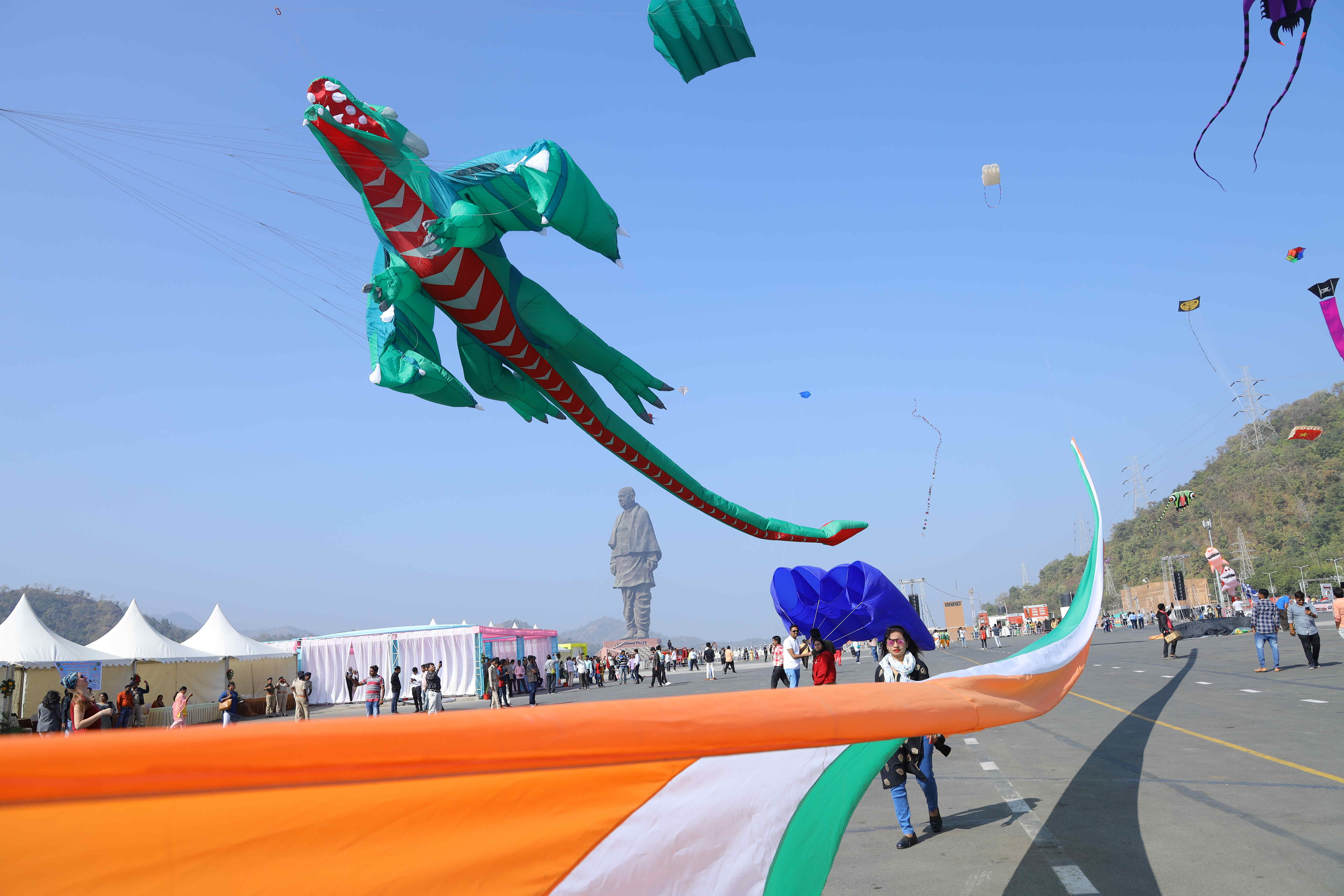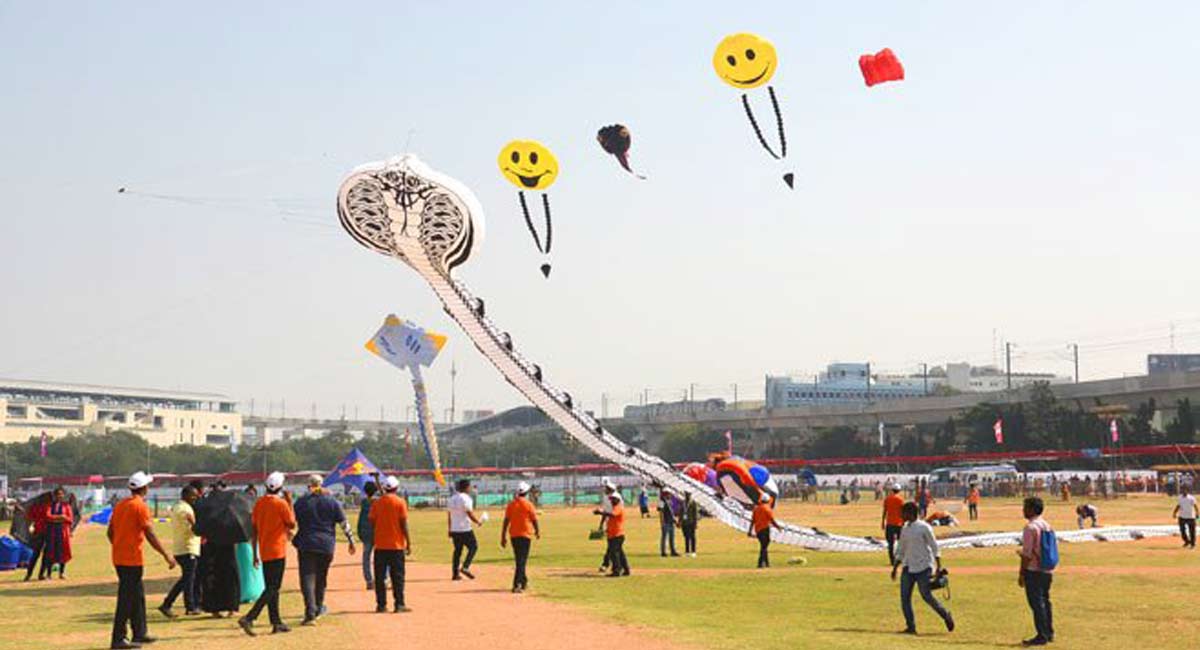Things You Should Know About Kite Flying Festival In India

India, a land of diverse cultures and traditions, is home to a plethora of vibrant festivals that celebrate the essence of life. One such unique and captivating celebration is the Kite Flying Festival, which holds a special place in the hearts of millions of Indians. This colorful and exuberant event, also known as "Makar Sankranti" or "Uttarayan," marks the transition of the sun into the zodiac sign of Capricorn and is celebrated with great fervor across the country. Here are some essential things you should know about the Kite Flying Festival in India.
Historical Significance: The origins of the Kite Flying Festival can be traced back to centuries ago, with various regions of India having their own historical and cultural stories associated with it. It is believed that the festival signifies the end of the winter solstice and the beginning of longer, warmer days. In addition to its astronomical significance, the festival also holds cultural and spiritual importance. Many believe that flying kites during this time symbolizes the dispelling of darkness and negativity from their lives.
Regional Diversity: One of the fascinating aspects of the Kite Flying Festival is its regional diversity. While the festival is celebrated across the nation, different states put their own unique twist on the event. In the state of Gujarat, the birthplace of Mahatma Gandhi, the festival is marked by grand kite flying competitions and vibrant cultural performances. In Rajasthan, the festival takes on a more traditional and royal flair, with kites being flown from the magnificent rooftops of ancient forts and palaces. No matter where you are in India during this time, you're sure to witness a display of color and energy like no other.

Preparation and Craftsmanship: Preparations for the Kite Flying Festival begin weeks in advance. Local markets are filled with a dazzling array of kites in various shapes, sizes, and colors. Skilled craftsmen create intricately designed kites that often reflect cultural motifs, religious symbols, and even political slogans. The art of kite making and designing is passed down through generations, and enthusiasts take pride in showcasing their creativity through their kites.
Friendly Competitions: The heart of the Kite Flying Festival lies in the friendly yet competitive spirit of kite flying. The skies become a canvas as thousands of kites fill the air, each representing the hopes and aspirations of their fliers. Kite flyers engage in intense duels, attempting to cut the strings of their opponents' kites using specially coated strings known as "manja." The sheer joy of successfully cutting down a kite is accompanied by enthusiastic cheers from the ground.

Traditional Delicacies: No Indian festival is complete without a feast of traditional delicacies, and the Kite Flying Festival is no exception. People indulge in an array of mouthwatering treats, including sesame and jaggery-based sweets, kite-shaped cookies, and various local dishes. These delights are shared with family and friends, adding an extra layer of warmth to the celebrations.
Community Bonding: Beyond the competitive aspect, the Kite Flying Festival fosters a sense of community bonding. Families, neighbors, and friends come together on rooftops and open spaces to celebrate the festival. The skies become a spectacle of vibrant colors, laughter, and shared moments, creating lasting memories.
In conclusion, the Kite Flying Festival in India is a remarkable blend of tradition, artistry, and camaraderie. It's a time when the sky becomes a canvas for creativity, and the air is filled with the spirit of celebration. As kites soar high, they carry with them the collective spirit of hope and unity, making this festival a true embodiment of the country's cultural richness. Whether you're a participant or an observer, the Kite Flying Festival is an experience that leaves an indelible mark on the heart and soul.



